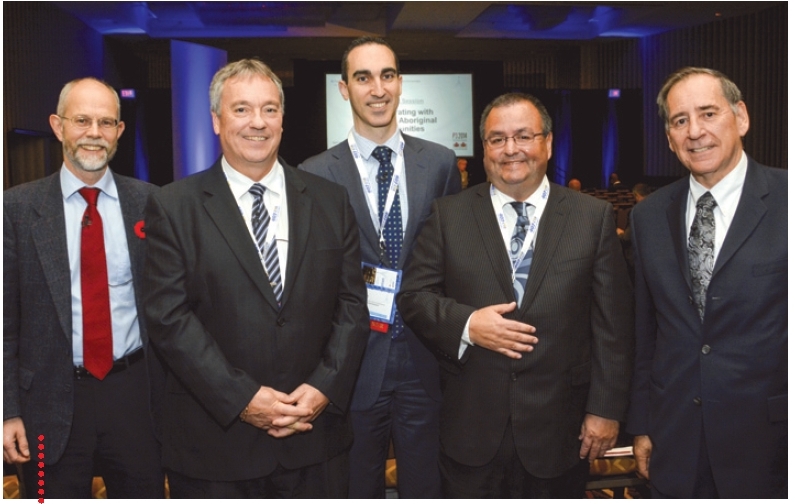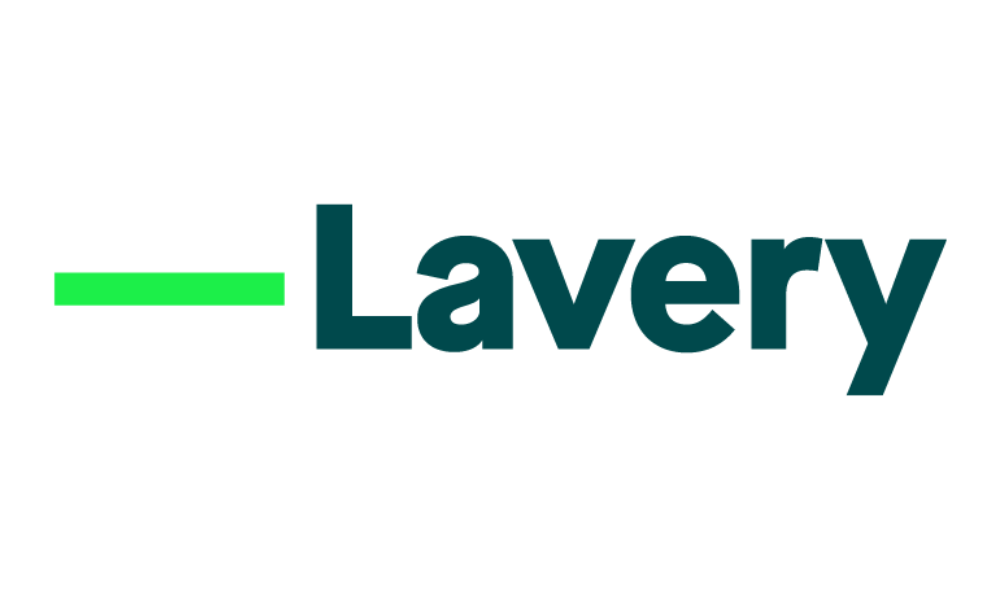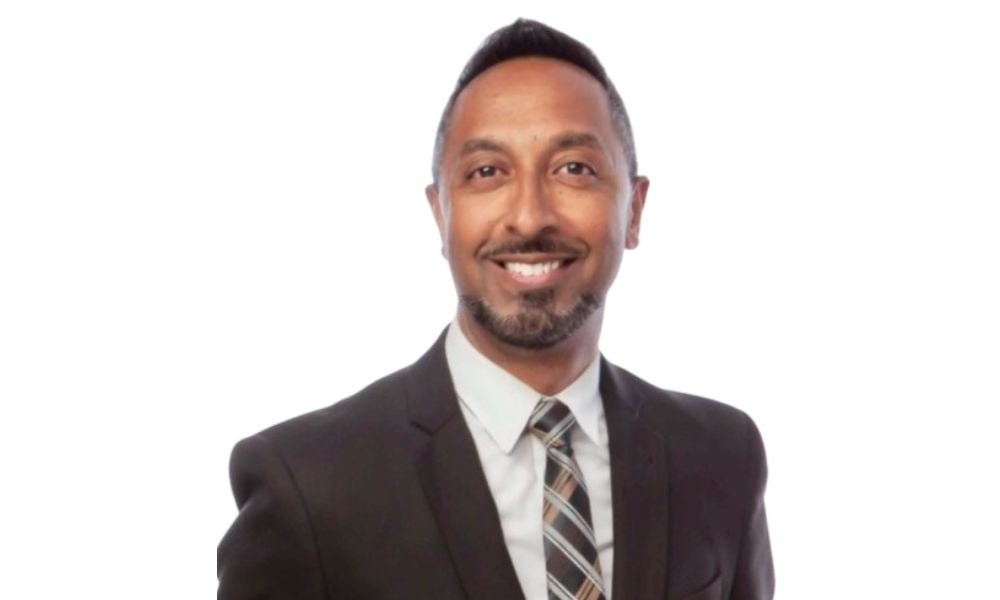Recent Articles
Forget Eastern Europe and Latin America. Canadians interested in public-private partnerships (P3s) should consider an untapped market on their own doorstep: Canada's First Nations communities.
“You might consider First Nations as emerging markets,” Harold Calla, executive chair of the First Nations Financial Management Board, told delegates attending the recent Canadian Council for Public Private Partnerships 2014 Annual Conference in Toronto.
Aboriginal communities have an infrastructure deficit of between $5 billion and $8 billion, he said, and P3s are the best way to bridge the shortfall. First Nations authorities are increasingly bundling projects together to make them interesting to developers.
In Atlantic Canada, for example, there is an attempt to fold the water and wastewater systems of 33 First Nations communities into a single regional water authority, said John Paul, executive director of the Atlantic Policy Congress of First Nations Chiefs. “A P3 is a possible financial vehicle for the regional water authority. I hope it will be – I'm working for that – but I have to explain it continually. The issue is, we have to engage our communities – our population, our leadership – greatly in terms of understanding what P3 is.”
Jack Bittan, senior vice-president of business development at Capstone Infrastructure Corp., says partnerships with aboriginal communities can have their own set of challenges.
It can take years to get to the first meeting, for example, and in the meantime there can be misinformation in the community about a proposed project. His advice to developers and their advisers is not to wait too long before getting in front of the local council: “Waiting for perfect information in any situation is not always the best approach. At the same time, full engagement with insufficient information or details can sometimes backfire.
“Advice on our part before initiating first contact? Do a lot of homework. Find out who the correct initial contact person is. Also learn about the First Nation, their agendas, any other previous experiences they might have that would bear on the project. … The importance of trust cannot be overstated.”
Garry Ullstrom, senior financial officer of the Namgis First Nation, agreed, pointing out bands can be very different from one another. Some are advanced, sophisticated and politically stable, he said, while others may be unstable and unsophisticated with poorly developed decision-making processes and very little internal capacity to engage.
That requires developers and advisers to conduct a very thorough due diligence beforehand to figure out where they are on that risk curve. “And be patient. Be prepared to be creative and flexible if you chose to proceed.”
First Nations almost always want certain basics out of projects, he told a panel discussion. Communities want to maximize the potential for long-term, stable revenue working with partners who share their environmental sensibilities. So they look for developers who will hold on to projects for a long time.
They also generally want to be “on the inside, participating in the decision-making process, not standing on the outside. They want to actively participate in the development of the regional economy and to be seen as a player with progressive values in the development of their own territory … and they want construction and operational jobs.” The requirements often translate into an equity stake, he said.
Calla told delegates that the Supreme Court of Canada's decision in Tsilhqot'in means First Nations treaty rights can't be cast aside, and he's hoping it signals a new era of partnership. “It's in our interest now to move forward not fighting a legal battle any longer; we should start looking at these opportunities to conduct business together. Depending who you talk to, there is somewhere between $500 billion and $600 billion worth of major projects that are subject to some form of consultation and accommodation.
“Wherever I go in this country now, the concept of partnership and equity are being talked about in the same breath as aboriginal rights and title.”





